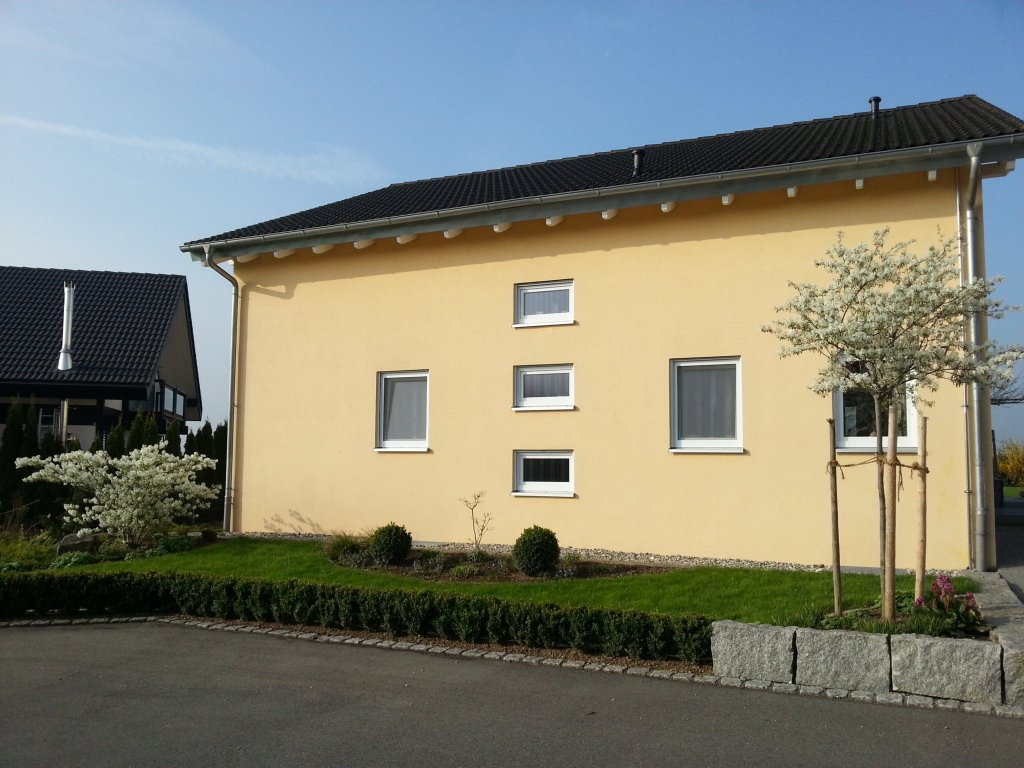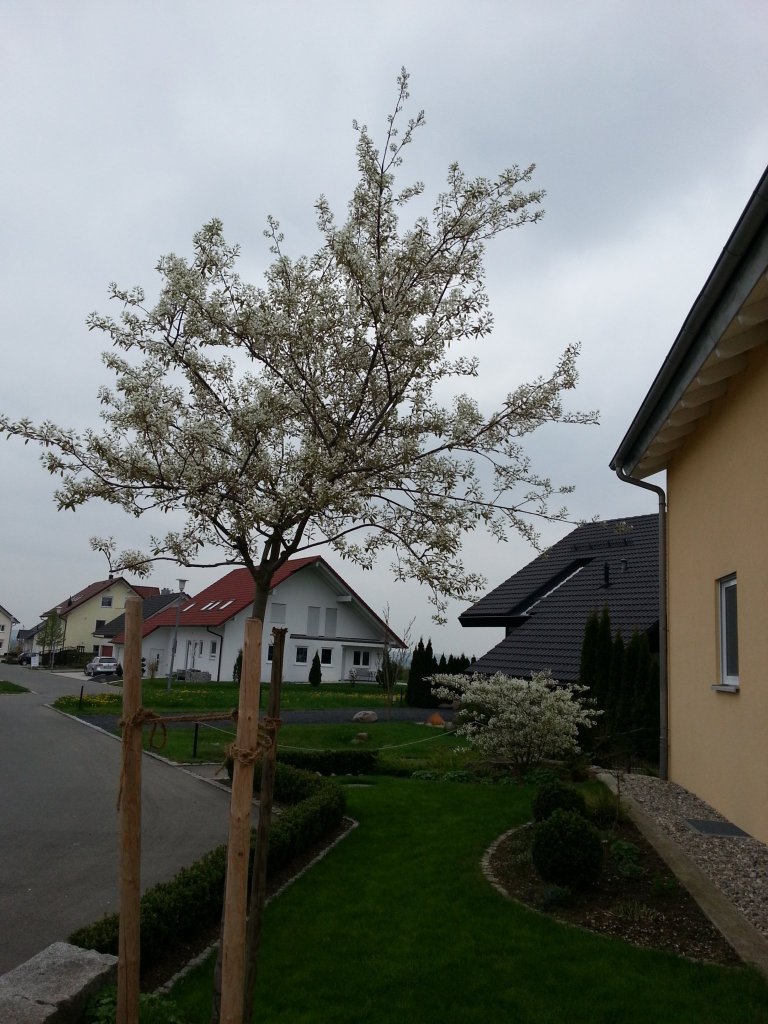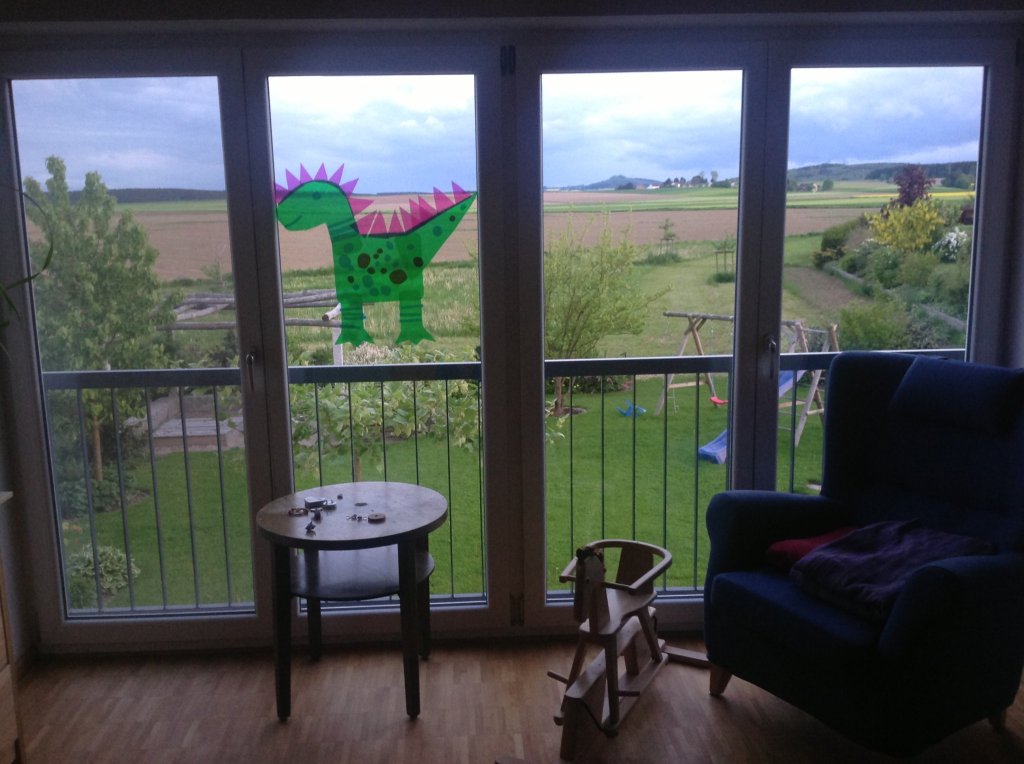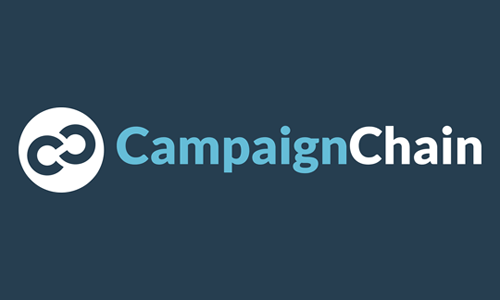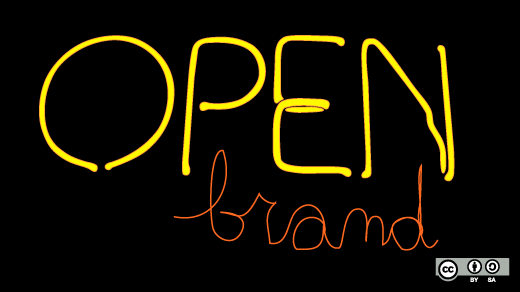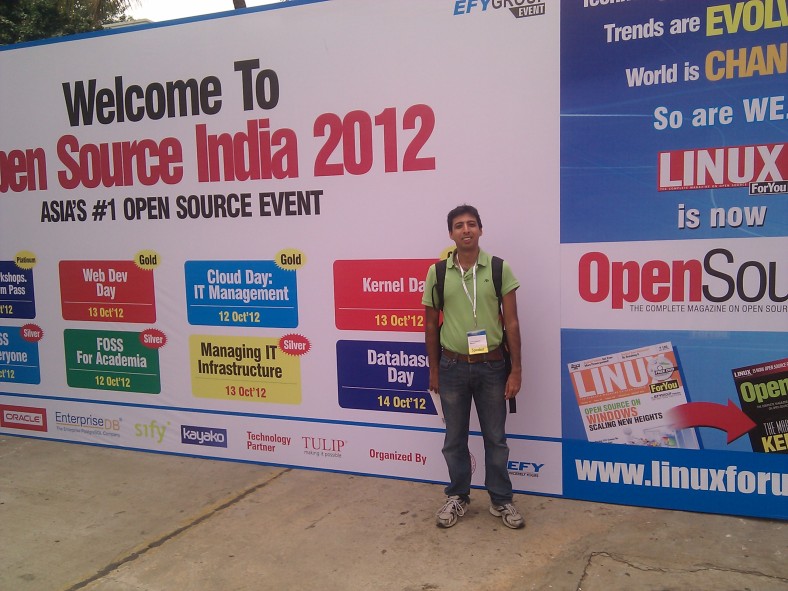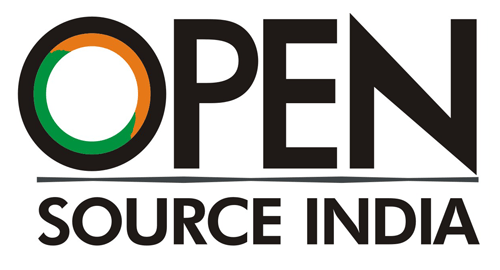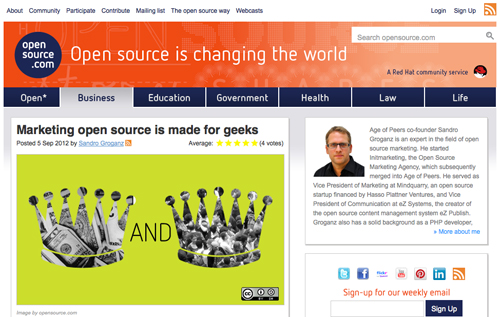Versteigerungstermin
Die Zwangsversteigerung wegen Aufhebung der Gemeinschaft aufgrund von Scheidung findet am
Montag, 08.02.2021, 13:30 Uhr
DAS HAUS WURDE ERFOLGREICH VERSTEIGERT
im Löwensaal des Amtsgericht Ulm unter dem Aktenzeichen 2 K 10/19 statt.
Verkehrswert laut Gutachten
- Verkehrswert insgesamt: 477.000,00€
- Festgestellt von gerichtlich bestelltem und vereidigtem Sachverständigen
- Verkehrswert Haus: 469.000,00€
- Sachwert: 515.859,99€ mit 10% Abschlag, weil Gutachter Innenräume nicht begutachten konnte, deren guter Zustand jedoch aus den Fotos oben hervorgeht.
- Verkehrswert Photovoltaik-Anlage: 8.000,00€
- Wertermittlungsstichtag: 21.07.2020
- Gutachten hier herunterladen: https://versteigerungspool.de/zwangsversteigerung/einfamilienhaus.310120
Grundrisse
Adresse
Stauferring 37, 89597 Munderkingen, Alb-Donau-Kreis
Kontakt
Herr Sandro Groganz, Email: sandro.groganz@gmail.com
Objektdetails
- Haustyp: Einfamilienhaus (freistehend)
- Zimmer: 7
- Etagenanzahl: 3
- Badezimmer: 1
- Wohnfläche: 216,07 m²
- Garage/ Stellplatz: 1 Garage
- Nutzfläche ca.: 307 m²
- Grundstücksfläche ca.: 825 m²
- Baujahr: 2007
- Wesentliche Energieträger: Erdwärme
- Bauphase: Haus fertig gestellt
- Energieausweis: liegt vor
- Objektzustand: Neuwertig
- Heizungsart: Fußbodenheizung
- Energieverbrauchskennwert: 68 kWh/(m²*a)
Objektbeschreibung
Das zweistöckige, freundliche und neuwertige Einfamilienhaus mit (Wohn-)Keller besticht durch eine gehobene Innenausstattung. Neben sieben hellen und einladenden Zimmern zählen ein großes Badezimmer im OG sowie ein separates Gäste-WC im EG zu der Immobilie. Das KfW-60-Haus wurde 2007 erbaut und wird per Fußbodenheizung mit Erdwärme (Geothermie) kostengünstig beheizt und hat eine Photovoltaikanlage. Zur Verfügung stehen Ihnen außerdem eine Garage für Ihr Auto, sowie ein weiterer Stellplatz neben der Garage und mehrere Kellerräume.
Der Garten wurde im Jahr 2008 von einem Landschaftsarchitekten entworfen und professionell umgesetzt. Mittlerweile sind alle Pflanzen und Bäume wunderschön gewachsen. Drei Platanen bieten im Sommer natürlichen Schatten auf der gesamten großzügigen Terrasse aus Travertin Naturstein.
Sowohl das Haus wie auch der Garten wurden und werden sehr gut gepflegt.
Ausstattung
Erwärme-, d.h. Geothermie-Heizung (2x 100m Tiefbohrungen), daher extrem niedrige Heizkosten (ca. 700€ im Jahr) und keine Schornsteinfegerkosten – die Heizung läuft einfach und muss nicht gewartet werden. Mit der fast abbezahlten Photovoltaikanlage lassen sich zusätzlich noch Stromkosten für die Geothermie minimieren (ca. 100€ im Monat). Im gesamten Haus Eichestabparkett (12 mm) oder Villeroy und Boch Fliesen. Sichtbare Sparren im OG. Granitfensterbänke an allen Fenstern. Das großzügige Bad und Gäste-WC sind nur da gefliest worden, wo nötig. Kalk-Filzputz im ganzen Haus, daher gab es nie Probleme mit Schimmelbildung. Podesttreppe aus Eiche zwischen den Etagen. Elektrische Rollläden in EG Essen/Wohnen, Treppenhaus und OG Kind 2. Die Einbauküche der Firma Rempp ist u.a. mit einem Induktionskochfeld (Siemens EH787502), Backofen, Mikrowelle, Geschirrspülmaschine und Apothekerschrank ausgestattet. Für sehr schnelles Internet verfügt das Haus über eine LTE-Außenantenne, um DSL und LTE zu bündeln. Alle Wohnräume sind mit LAN-Anschluss ausgestattet, die sternförmig im Serverraum zusammenlaufen. Satellitenanlage und -Anschlüsse in mehreren Räumen. Alle Steckdosen mit integrierter Kindersicherung. Im EG Wohnbereich wurden Leerrohre vom Fernseher zur Couch für eine Surround-Anlage verbaut. Die Wände wurden aus Poroton-Ziegeln gemauert. Der Wasserspeicher für die Fußbodenheizung wurde für den Fall des Wasserverlusts ummauert, damit ein Wasserschaden verhindert wird. Statisch wurden Vorkehrungen für den Bau eines noch nicht vorhandene Carport zwischen Haus und Garage vorgesehen. Vorbereitungen für eine Solaranlage auf dem Dach wurden ebenfalls getroffen (Schläuche/Kabel gehen in den UG Technikraum).
Garten
Der Garten ist mittlerweile im Vergleich zu den teilweise älteren Fotos wunderschön gewachsen. Er lässt sich gut vor Ort einsehen.
Lage
Dieses schöne Einfamilienhaus liegt in bester Sonnenlage mit Ausrichtung der großen Terrasse auf SW in einer ruhigen Wohnlage an einem unbebaubaren Grünstreifen in Munderkingen mit weitem Blick nur auf Felder. Kindergarten und Grundschule liegen nur ein paar Minuten entfernt. Munderkingen selbst bietet mit seinen über 5.000 Einwohnern ein intaktes und reges Kultur- und Vereinsleben. An der schönen Donau gelegen, sind Ausflüge in die Natur jederzeit innerhalb kurzer Zeit machbar. Zahlreiche Gewerbebetriebe nutzen die verkehrsgünstige Lage an der B311 zwischen Sigmaringen/Ulm und Biberach. Ein Bahnhof an der Bahnlinie Ulm-Freiburg, wird ebenfalls mehrmals täglich angefahren. Ferner sind sämtliche Schulen und Kindergärten, sowie zahlreiche Ärzte, Apotheken und ein Ärztehaus zu finden.
Sonstiges
Dem Käufer werden Bilder von allen Räumen im Rohbau-Zustand zur Verfügung gestellt, in denen man die Verlegung der Elektrik erkennen kann.



































